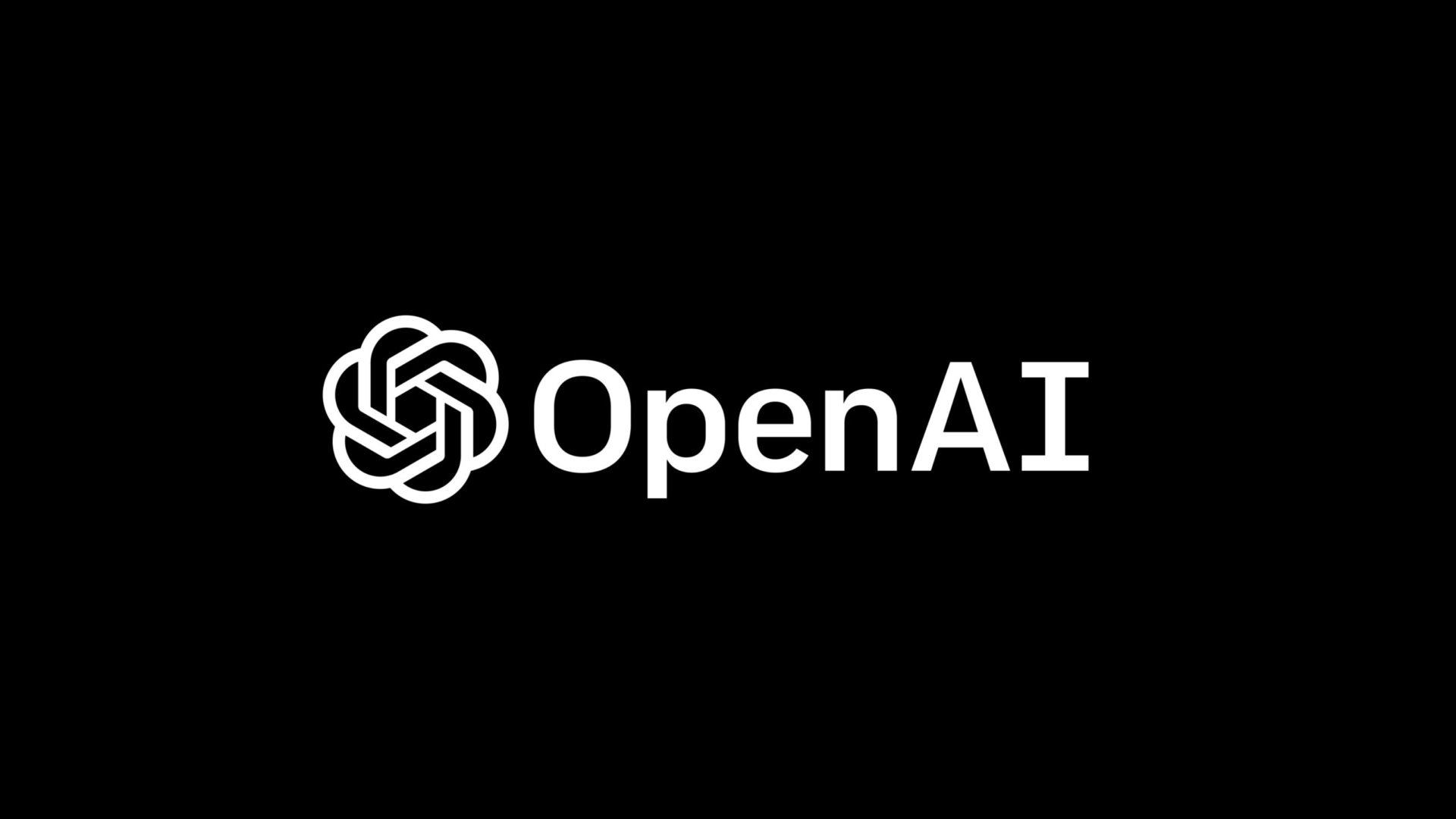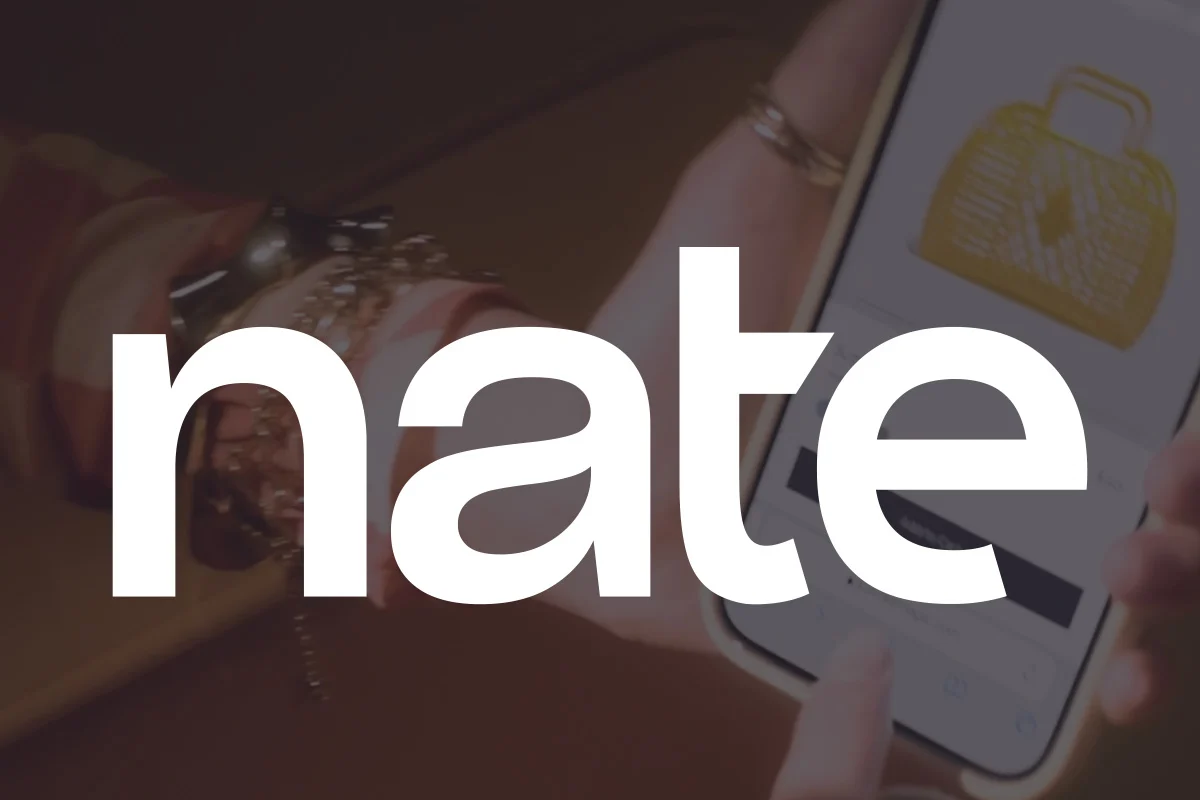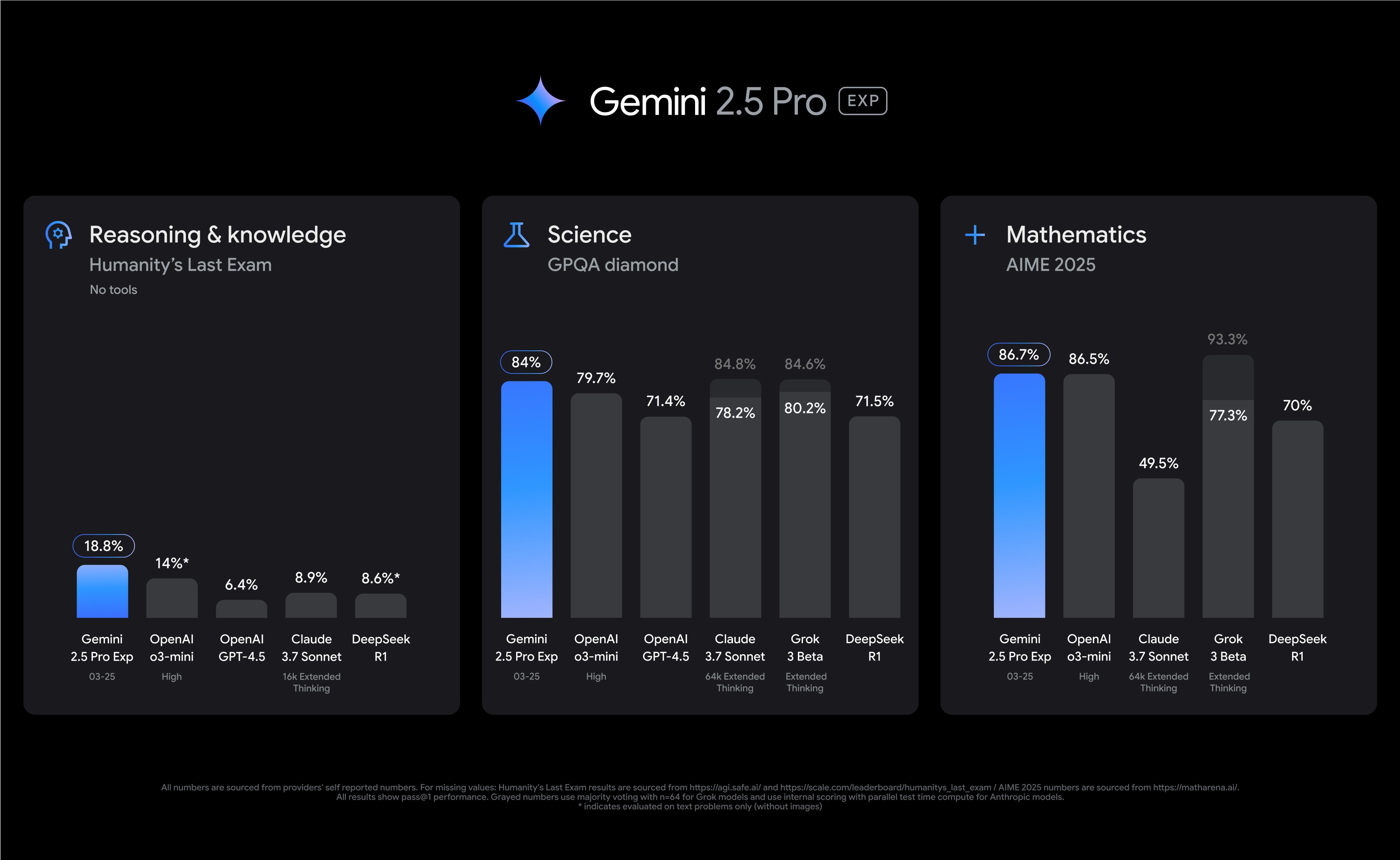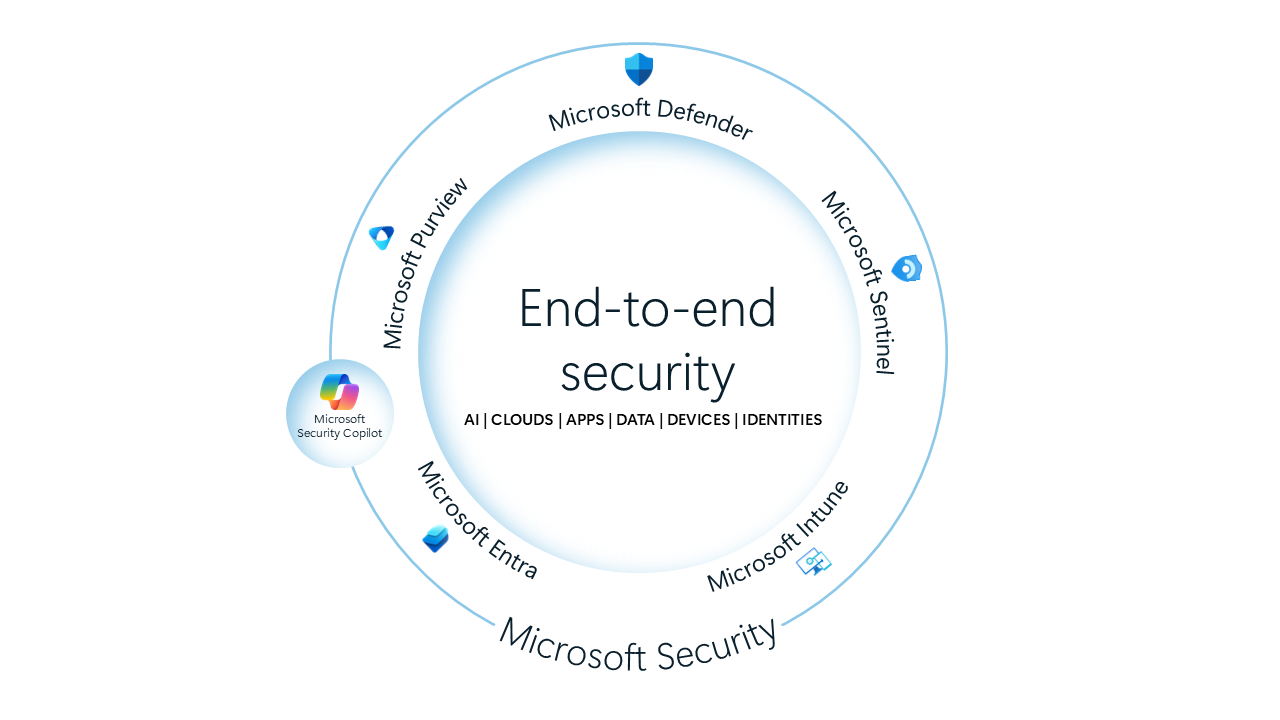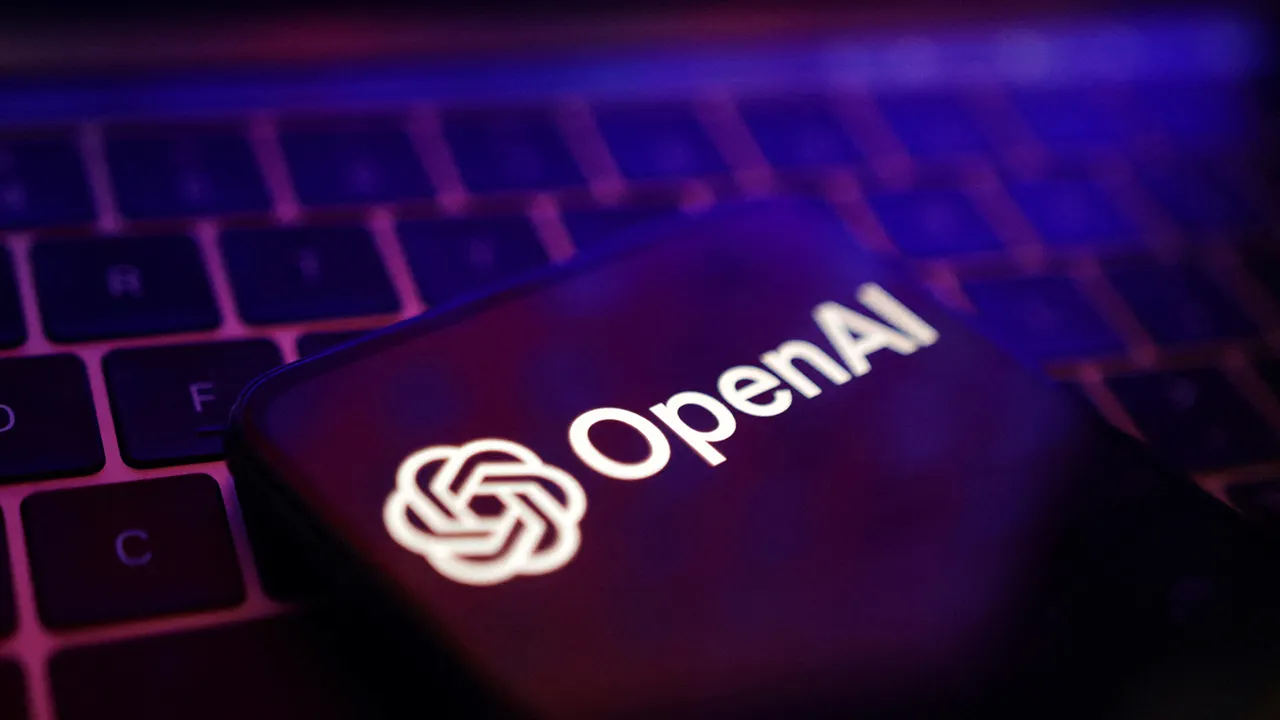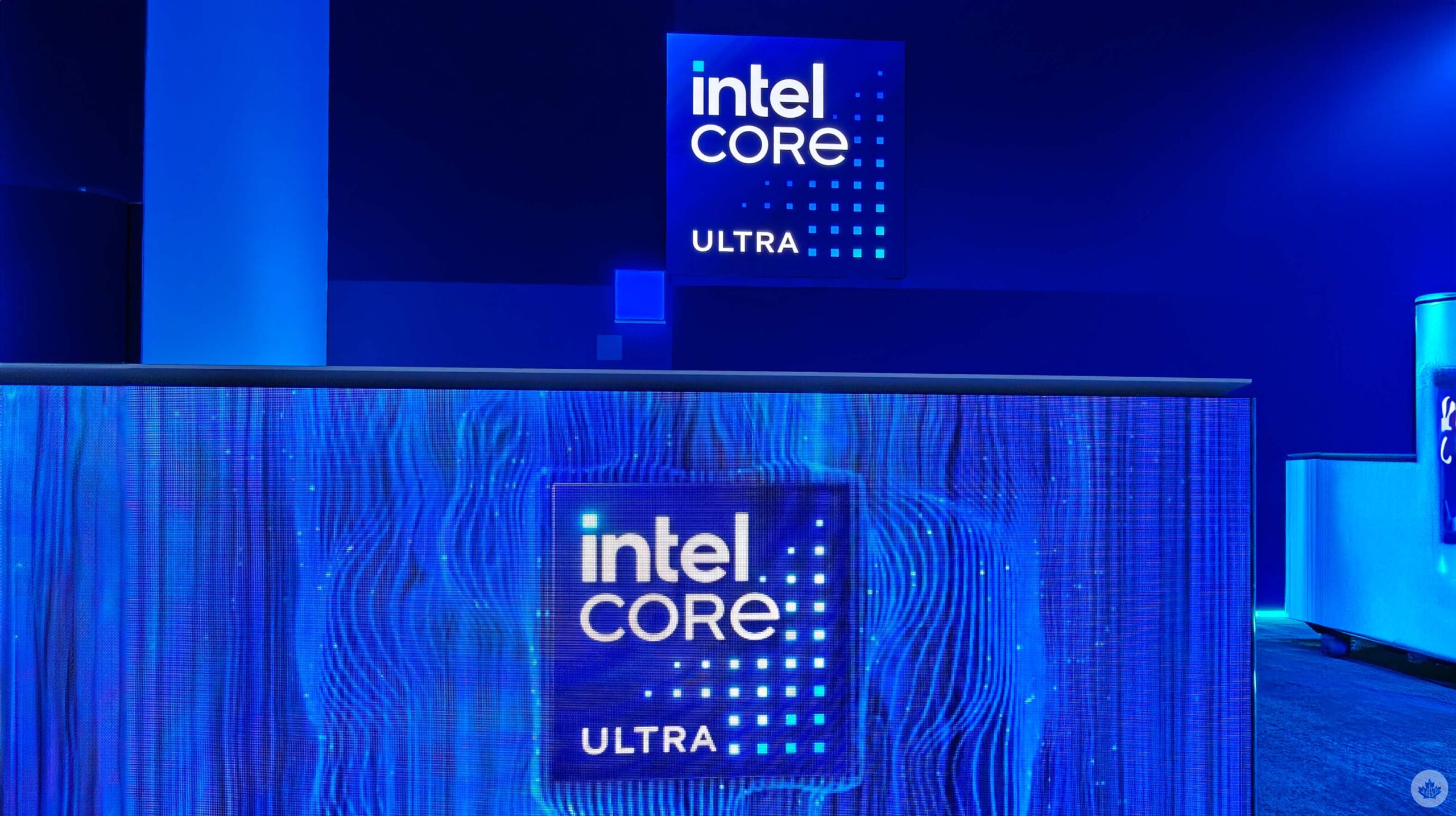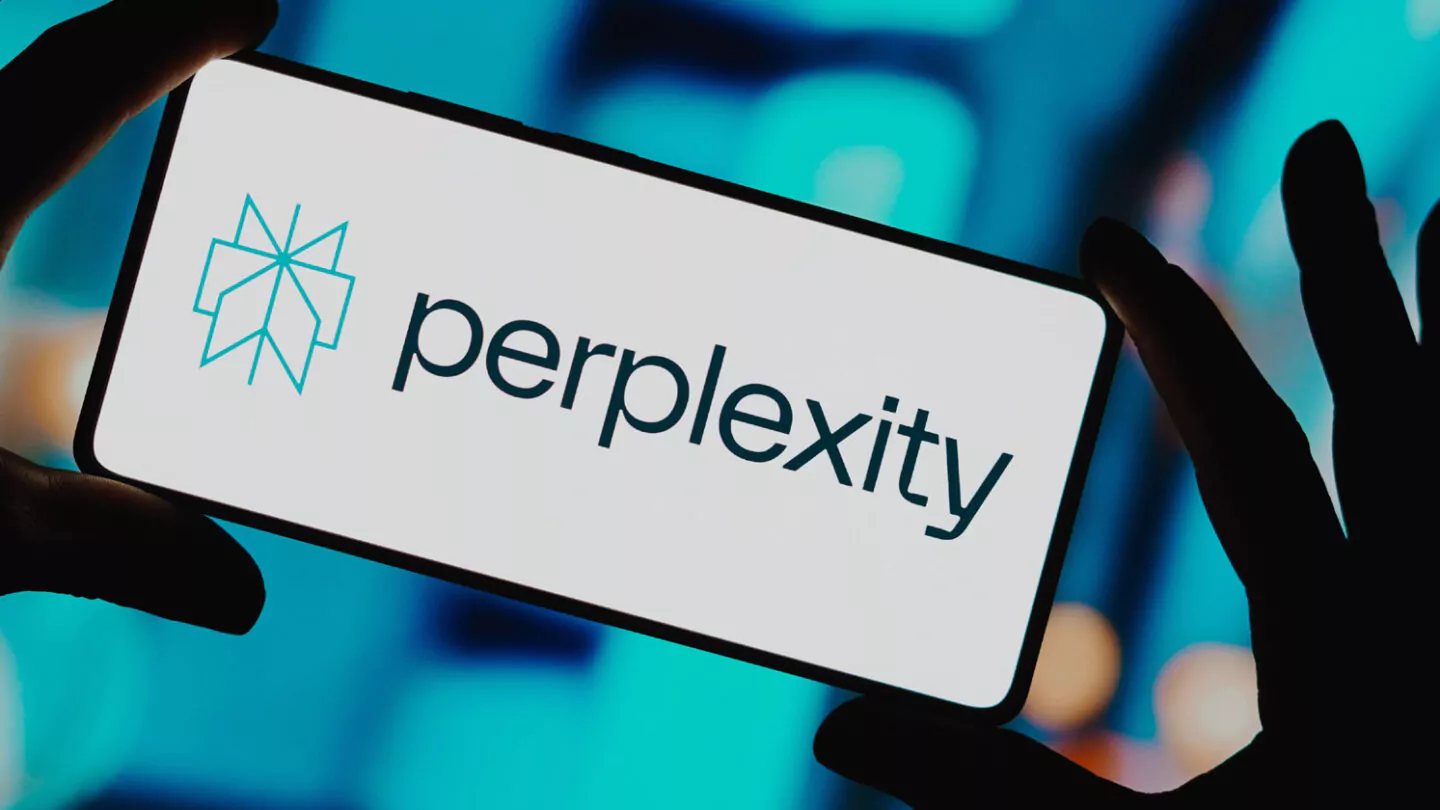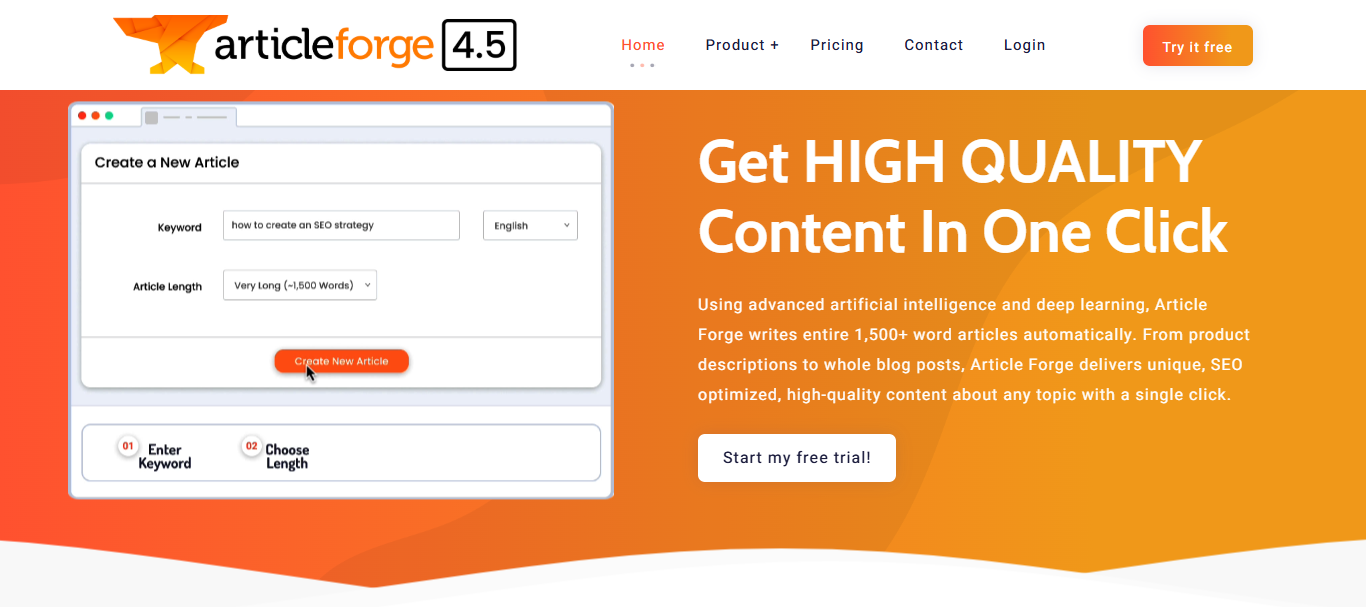Recent developments in artificial intelligence hint at a seismic shift in both performance and pricing strategies. OpenAI’s rumored $20,000 agent plan is stirring conversations as it aims to deliver what many are calling “PhD-level” AI. The buzz began when EpochAI’s Frontier Math benchmark showcased the o3 model solving 25.2 percent of problems—a striking improvement compared to the sub-2 percent success rate of previous systems.
Benchmark Breakthrough and Mathematical Reasoning
The impressive performance on the Frontier Math benchmark suggests that OpenAI’s new models are making significant strides in mathematical reasoning. With a 25.2 percent problem-solving rate, these systems are setting a new standard, hinting at the potential for applications that require complex data analysis and high-level research capabilities.
Enterprise Value and Premium Pricing Strategy
The steep price point of $20,000 per month underscores OpenAI’s belief that these advanced systems offer considerable value for high-stakes business applications. Potential uses include:
- Medical Research Analysis: Processing and synthesizing complex medical data.
- Climate Modeling: Enhancing the precision of climate forecasts.
- Research Automation: Streamlining routine yet critical aspects of academic and scientific research.
Check this out:
Investment confidence is evident, with SoftBank reportedly committing $3 billion this year alone towards OpenAI’s agent products. However, this premium pricing comes at a time when OpenAI faces significant financial pressures, having incurred around $5 billion in operational losses last year.
From Affordable AI to High-End Enterprise Solutions
For years, affordable AI solutions like ChatGPT Plus at $20 per month and Claude Pro at $30 monthly have set user expectations. Even ChatGPT Pro’s $200/month subscription pales in comparison to the new enterprise tier. This dramatic pricing shift raises questions about whether the enhanced capabilities truly justify the thousandfold increase in cost.
Reliability and Real-World Implications
Despite the benchmark successes, these advanced models are not without their challenges. Issues such as confabulations—where the AI generates plausible yet factually incorrect information—remain a critical concern. In research fields where precision is non-negotiable, the risk of subtle errors could have high-stakes consequences.
Social media reactions have been swift, with industry experts humorously noting that hiring a real PhD student might be a far more economical choice. As one xAI developer quipped in a viral tweet, “Most PhD students, even the brightest, are not paid $20K/month.”
Check this out:
The Future of “PhD-Level” AI
While the “PhD-level” label may be more of a marketing term than a definitive measure of intellectual prowess, these models exhibit promising capabilities in processing and synthesizing information at unprecedented speeds. As they continue to evolve, there is hope that both their reliability and cost-efficiency will improve, further solidifying their role in advanced research and enterprise applications.



